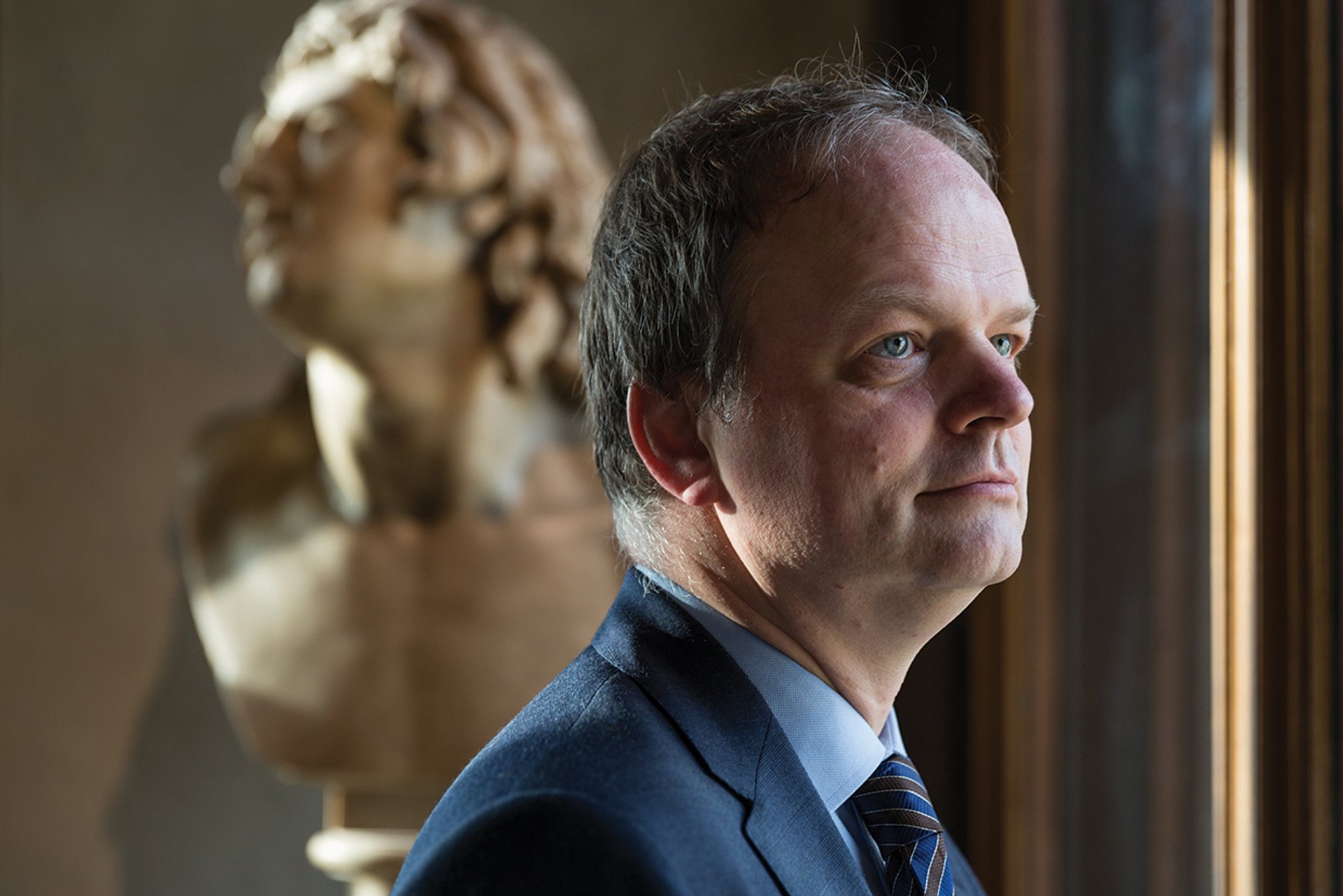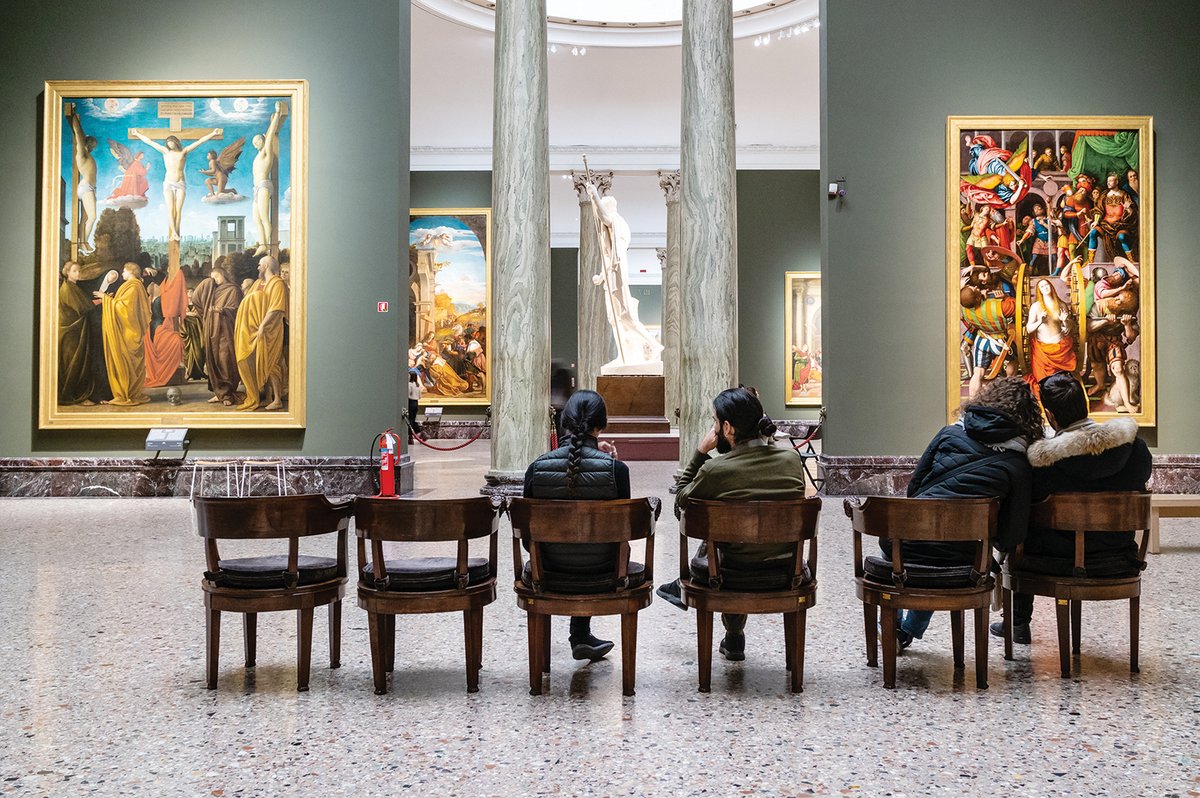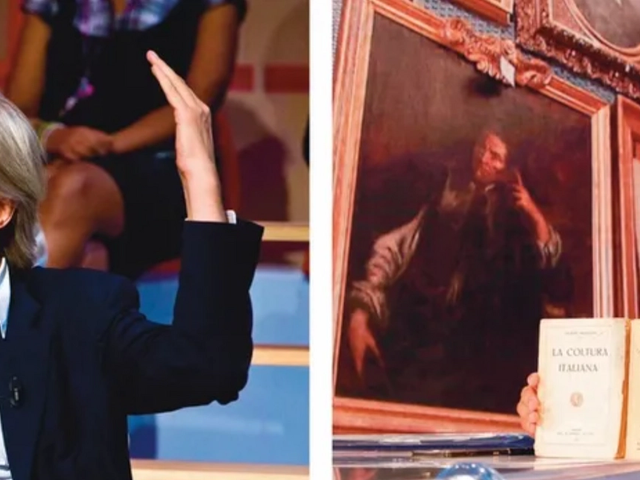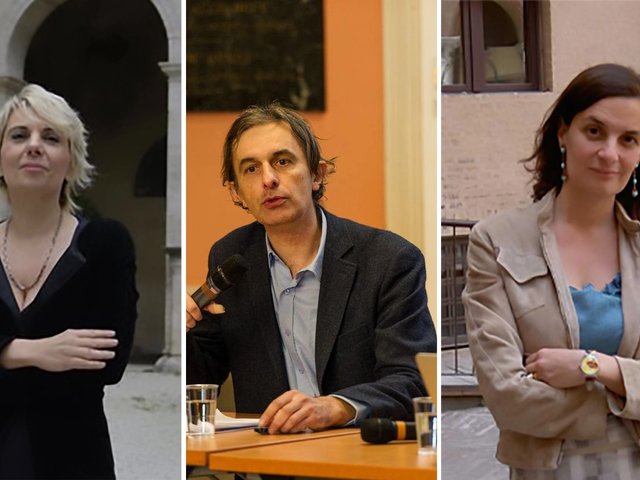Italy’s culture ministry has appointed ten new leaders of major museums around the country in a shake-up that overwhelmingly favoured home-grown applicants over foreigners. For prime minister Giorgia Meloni’s right-wing nationalist Brothers of Italy party, the moves are “bringing museums back to life”, while critics said the selection process amounted to a “spoils system” that rewarded under-qualified candidates based on political preference.
The appointments, announced on 15 December, all go to Italian citizens, suggesting that culture minister Gennaro Sangiuliano has abandoned a defining reform of the past decade, which sought to inject international talent into the country’s moribund museum sector. In 2014, centre-left Democratic Party culture minister Dario Franceschini pushed through new legislation giving Italy’s larger state museums and archaeological sites more freedom from central government, including through the hiring of the first foreign “super directors”.
“With Franceschini we were in favour of quality and of opening up to foreigners,” Giuliano Volpe, a former adviser to the culture ministry during Franceschini’s tenure, tells The Art Newspaper. “The situation with minister Sangiuliano is profoundly different, because we [now] have an Italy that is closing in on itself, a nationalist Italy.”
The incoming directors hail from a diverse range of backgrounds. Angelo Crespi, an art critic and journalist who served as a culture official in Silvio Berlusconi’s last government, replaces the veteran British-Canadian museum director James Bradburne at Milan’s Pinacoteca di Brera. Renata Cristina Mazzantini, an architect previously in charge of art and design projects at the Quirinale presidential palace in Rome, succeeds Cristiana Collu at the Galleria Nazionale d’Arte Moderna e Contemporanea. Alessandra Necci, a historical biographer of figures including Isabella d’Este, is taking the reins at the Gallerie Estensi museums in Modena, Ferrara and Sassuolo.
Perhaps the most high-profile move is that of German-born art historian Eike Schmidt, one of the original “super directors” hired in 2015, who obtained Italian citizenship in November. He will head the Museo e Real Bosco di Capodimonte in Naples after eight years (the maximum period) at the Uffizi Galleries in Florence, where he is succeeded by Simone Verde, fresh from leading a €22m makeover of Parma’s Pilotta museum complex.

Cecilie Hollberg missed out on a new directorship following her stint at the Galleria dell’Accademia in Florence Associated Press/Alamy
Yet some of the most experienced directors from the Franceschini era lost out on the top jobs, notably the German-born Cecilie Hollberg, who oversaw a sweeping renovation of Florence’s Galleria dell’Accademia, and Marco Pierini, who raised the profile of Perugia’s Galleria Nazionale dell’Umbria. They were both shortlisted for the role at Capodimonte.
Complaints over selection panel
The selection process was guided by a five-person committee that attracted complaints of partiality last summer. In an open letter to the culture minister, the Italian Society of Art Historians (Sisca) and the University Council for Art History expressed “dismay and disappointment” that the panel featured two culture ministry officials and only one art historian.
They have preferred to reward people with no specific skillsMassimiliano Rossi, president, Italian Society of Art Historians
Sisca’s president, Massimiliano Rossi, tells The Art Newspaper that the resulting appointments, made by Sangiuliano and the ministry’s director of museums, Massimo Osanna, were “worse than predicted” and “beyond our darkest expectations”. He adds: “They have preferred to reward people with no specific skills”.
The journalist Maurizio Crippa of Il Foglio newspaper comments that the ministry promoted friends and allies through a “spoils system”, pointing out that the politician Vittorio Sgarbi, a culture ministry undersecretary, appeared to take credit for some of the appointments. In a press note congratulating the successful candidates, Sgarbi described Crespi as “one of my most experienced collaborators” and thanked the ministry for its “trust” in selecting Mazzantini.
However, Federico Mollicone, a Brothers of Italy MP and spokesman on cultural affairs, defends the party’s track record on museums, saying the new directors will help to drive up visitor numbers. “Italy is a global cultural superpower,” he says. “Museums in the past have unfortunately been little-used, but today, with minister Sangiuliano’s hard work, they are coming back to life.”
Dynamising the sector
Well before Sangiuliano’s time, his predecessor set in motion a raft of measures to dynamise Italy’s museums and cut red tape. The so-called Franceschini reform of 2014 granted an initial 20 museums and sites “special autonomy” from stifling centralised management by bureaucrats in Rome, reflecting the modernising agenda of then-prime minister Matteo Renzi. The number of autonomous museums was subsequently increased.
“We thought: we have some of the most important museums in the world,” Volpe recalls. “Italy has a universal cultural heritage, so let’s open up to foreign talent. Let’s think like a European country open to the world.”
The appointment of foreign museum directors—seven among the first crop of 20—raised tensions even then. In 2017, the Lazio region’s administrative court annulled some appointments, ruling that public administration jobs must be filled by Italians. The decision was definitively vetoed a year later by the Council of State, Italy’s highest administrative court, enabling the contested directors to keep their jobs.

Eike Schmidt, now an Italian citizen, has been appointed as head of the Museo e Real Bosco di Capodimonte in Naples © Alessandro Moggi
The “super directors” ushered in by Franceschini largely fulfilled their mandate of overhauling outdated museums. Bradburne is credited with an accessible revamp of the Pinacoteca di Brera, where he introduced thought-provoking labels written by leading novelists, and replaced day tickets with a membership programme permitting three months of unlimited visits. Schmidt brought in edgy exhibitions and social media strategies to the Uffizi to draw younger, tech-savvy audiences.
Across town at Florence’s Accademia, Hollberg’s refurbishment encouraged visitors to explore more of the galleries beyond Michelangelo’s David, crowned by the Gipsoteca collection of more than 400 plaster casts. The Accademia’s autonomous status was critical to the project because “having your own budget available made it possible to plan work”, and to secure private sponsorship for the new lighting and restorations, she says.
More autonomous museums
Sangiuliano’s ministry is building on at least one of Franceschini’s museum reforms. A law passed in November granted “special autonomy” to 17 additional museums, taking the total number to 60. A merger of the Accademia and Bargello museums in Florence upgraded them from the ministry’s so-called “second tier” category to “first tier”, empowering their future director with greater independence in decision-making. The Museo Archeologico Nazionale in Naples and the Musei Reali in Turin have also been moved into the first tier.
Extending autonomy is a “responsible” decision, according to Mollicone, that will “elevate the quality and useability” of museums and allow directors to make “rapid decisions”.
While Volpe laments the apparent end of an era of internationalism in Italy’s museums, he believes the “special autonomy” enshrined in the Franceschini reform will be preserved for the long term. “Not even those who criticised us at the time would turn back now,” he says.






